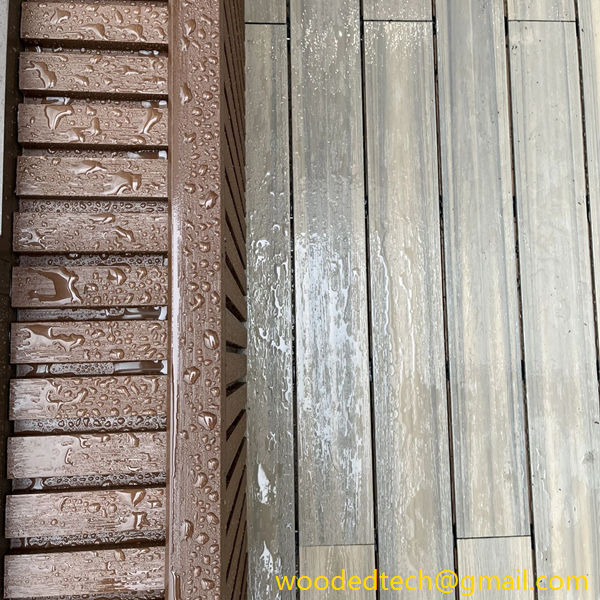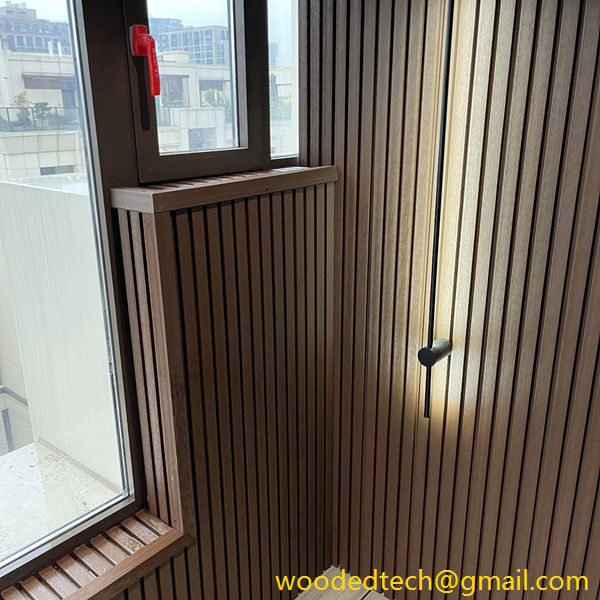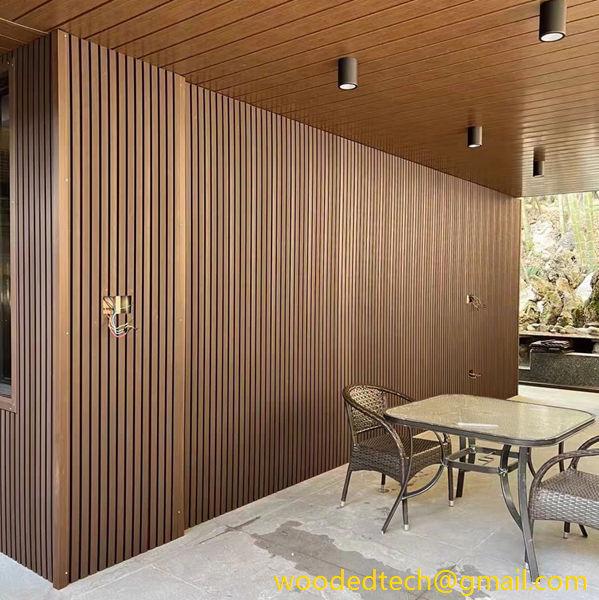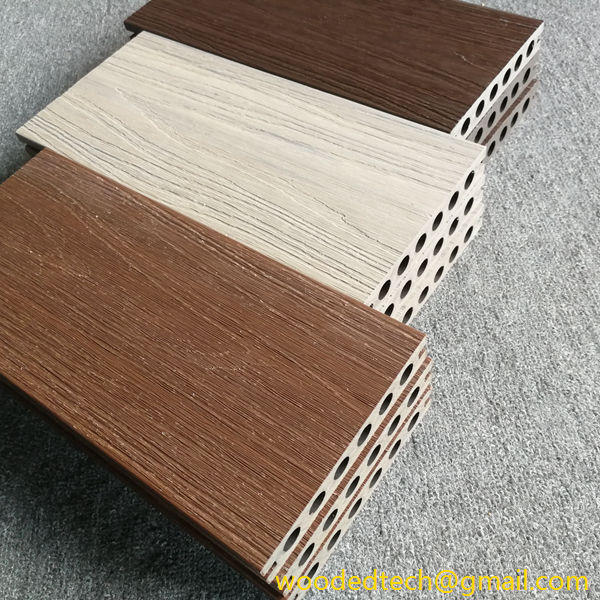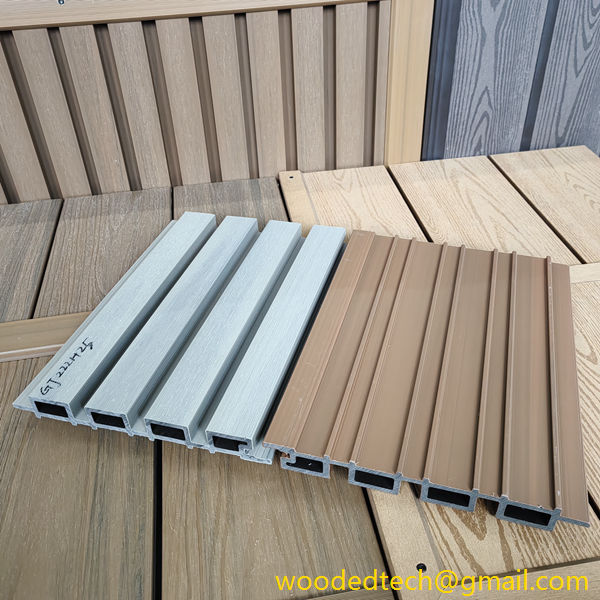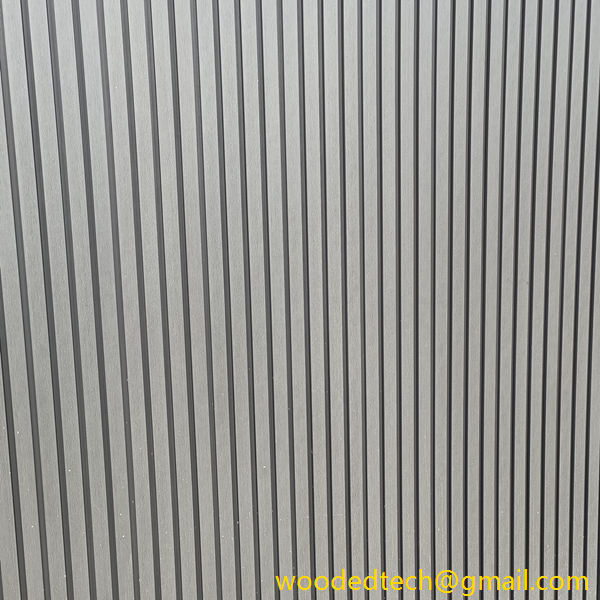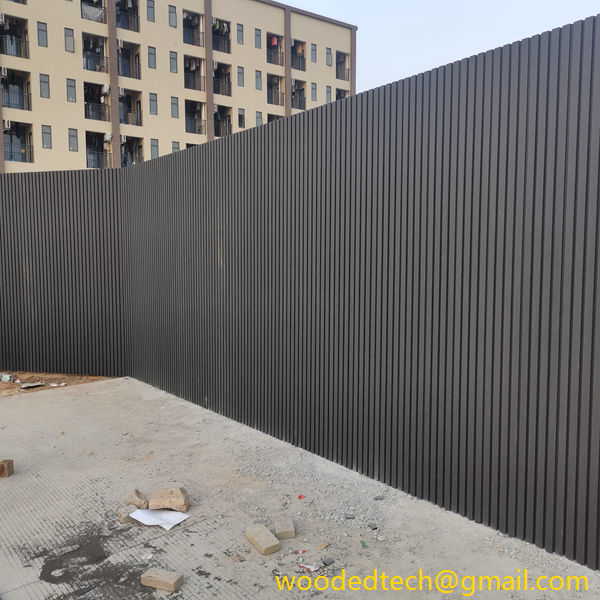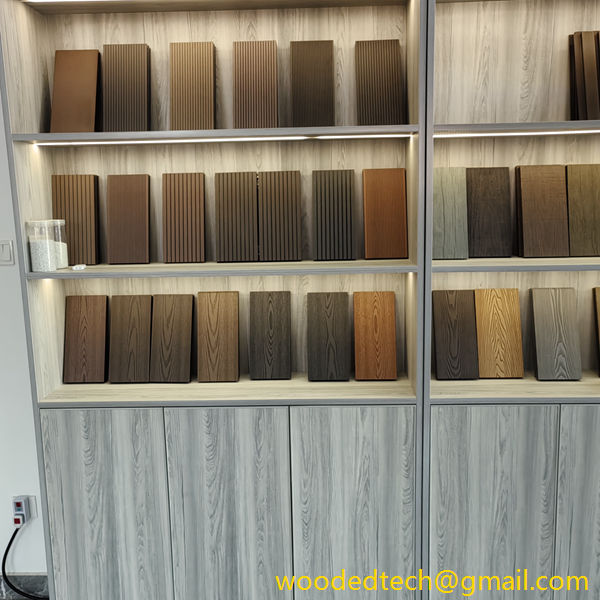Benefits of WPC Wall Cladding Wood Composite for Durability
Benefits of WPC Wall Cladding Wood Composite for Durability WPC wall cladding, made from wood-plastic composite materials, has gained significant popularity in recent years as a preferred choice for both residential and commercial structures. This trend is largely due to the numerous advantages it offers, particularly in terms of durability and easy installation. When considering…
Benefits of WPC Wall Cladding Wood Composite for Durability
WPC wall cladding, made from wood-plastic composite materials, has gained significant popularity in recent years as a preferred choice for both residential and commercial structures. This trend is largely due to the numerous advantages it offers, particularly in terms of durability and easy installation. When considering the benefits of WPC wall cladding, it becomes evident that its design and composition contribute to its long-lasting performance and user-friendly characteristics.
One of the most notable benefits of WPC wall cladding is its exceptional durability. Unlike traditional wood, which is susceptible to warping, cracking, and rotting due to moisture exposure, WPC materials are engineered to withstand various environmental conditions. The combination of wood fibers and recycled plastic creates a robust and resilient product that can endure the rigors of outdoor elements. This durability means that WPC wall cladding can maintain its aesthetic appeal and structural integrity over time, making it a cost-effective choice for homeowners and builders alike.
In addition to being resistant to moisture, WPC wall cladding is also impervious to pests such as termites and other wood-boring insects. This pest resistance is a critical factor in enhancing the longevity of the material, as damage from insects can lead to costly repairs and replacements. By choosing WPC wall cladding, property owners can enjoy peace of mind knowing that their investment is protected from these common threats.
Another significant advantage of WPC wall cladding is its low maintenance requirements. Traditional wood cladding often requires regular staining, painting, or sealing to protect it from the elements and maintain its appearance. In contrast, WPC wall cladding is designed to retain its color and finish without extensive upkeep. Cleaning it usually involves simple soap and water, making it an ideal choice for those looking to minimize their maintenance efforts while still enjoying a beautiful exterior.
The easy installation of WPC wall cladding further enhances its appeal. The lightweight nature of the material allows for straightforward handling and transport, making it easier for contractors and DIY enthusiasts to work with. Many WPC products come with a tongue-and-groove design or clip systems that facilitate quick and efficient installation. This not only saves time during the construction or renovation process but also reduces labor costs, as fewer hours are needed to complete the project.
Moreover, the versatility of WPC wall cladding allows it to be used in various applications, from residential homes to commercial buildings. It can be installed horizontally or vertically, providing designers with the flexibility to create unique and visually appealing exteriors. The wide range of colors and finishes available in WPC wall cladding means that it can complement any architectural style, making it an attractive option for building projects of all types.
In addition to its aesthetic versatility, WPC wall cladding is also environmentally friendly. The use of recycled materials in its production process reduces the demand for virgin wood resources, helping to conserve forests and minimize waste. Furthermore, WPC materials are recyclable at the end of their life cycle, contributing to a more sustainable building practice. This eco-conscious aspect is increasingly important to consumers who are looking to make responsible choices in their home improvement projects.
WPC wall cladding also offers excellent thermal insulation properties. The composite materials help to regulate temperature, keeping homes cooler in the summer and warmer in the winter. This energy efficiency can lead to lower utility bills, providing additional long-term savings for homeowners. By improving the insulation of a building, WPC wall cladding contributes not only to comfort but also to reduced energy consumption, aligning with modern environmental standards.
Another benefit worth noting is the resistance of WPC wall cladding to fading and discoloration due to UV exposure. Traditional wood often requires protective coatings to prevent sun damage, but WPC materials come with built-in UV protection that helps maintain their color and appearance over time. This feature is particularly beneficial for properties located in sunny regions, where prolonged exposure to sunlight can lead to significant degradation in traditional wood products.
In conclusion, WPC wall cladding presents a multitude of benefits that make it an appealing choice for those looking to enhance the durability and aesthetic appeal of their properties. Its resistance to moisture, pests, and UV damage contributes to its long-lasting performance, while its low maintenance requirements and easy installation process make it a convenient option for both professionals and DIY enthusiasts. Additionally, the environmental advantages of using recycled materials and the energy efficiency of WPC wall cladding further solidify its status as a responsible and forward-thinking building material. As more homeowners and builders recognize the myriad benefits of WPC wall cladding, it is likely to continue gaining traction in the construction industry, solidifying its place as a leading choice for modern building projects.

